You’re sitting by the gate at the airport, watching the clock tick closer to your flight’s boarding time. Suddenly, there’s a *ding* overhead as the PA system comes on. Your stress levels rise. You know what’s coming. “Sorry folks, but departure has been delayed by an hour due to [insert any one of a million reasons / excuses here].”
In the airline world, on-time performance is hard. Airplanes are complex, ground operations are a logistical nightmare, and weather can wreak havoc on even the best-managed carriers. Given all those factors, it’s sometimes surprising how many flights still do leave on time. Most airlines rise and fall in the Department of Transportation’s on-time performance rankings. But over the past fifteen years, one U.S. carrier has kept an iron grip on the top position: Hawaiian Airlines.
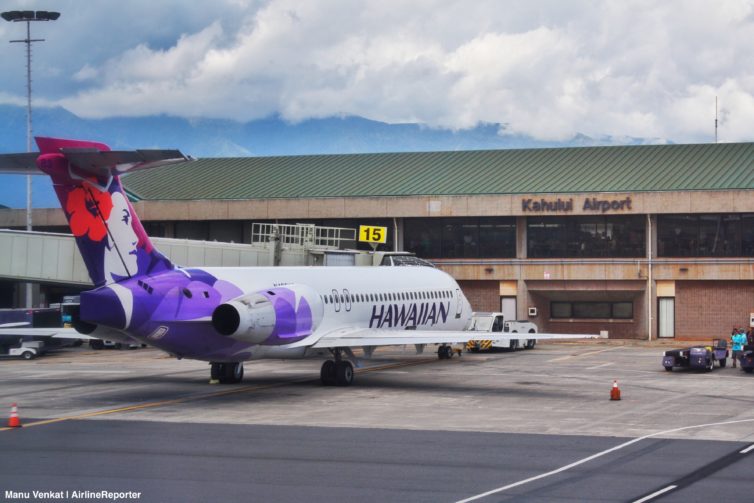
We just wrote about our flight from Oakland to Maui on one of the airline’s new Airbus A321neos. After landing, we sat down with Hawaiian’s Head of Neighbor Island Operations Pat Rosa, who discussed what goes into Hawaiian’s on-time performance. Sure, Hawaii’s lack of snowstorms helps (though the islands still deal with their share of bad weather). But there’s plenty more ingredients that go into Hawaiian’s secret sauce for punctuality. Pat also talked about the unique culture within the islands’ home airline, his love for the new A321neo fleet, and his excitement for the airline’s Boeing 787 order.
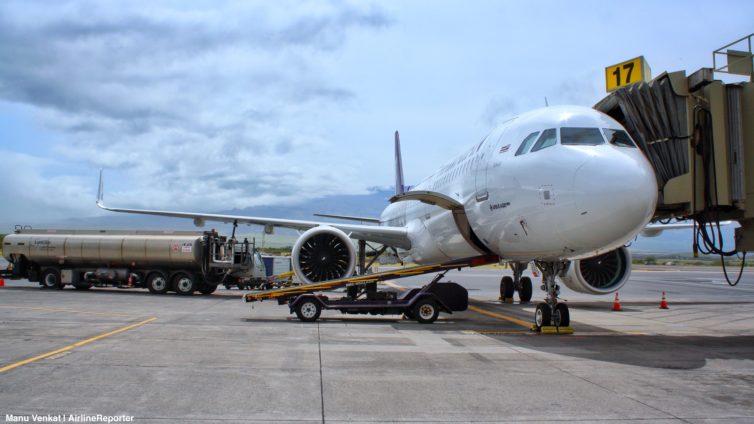
If you love behind-the-scenes looks at airlines you definitely don’t want to miss this one, so read on!
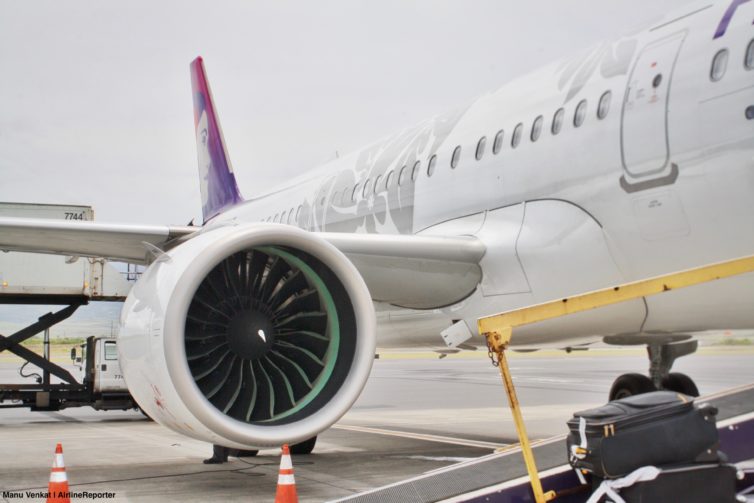
Right plane, right size, right mission. Hit the trifecta and — if you’re an airplane — you’ve earned a fruitful career in your airline’s fleet. Hawaiian Airlines has been flying for a mind-blowing 90 years, and for most if its recent past it’s had two sides to its fleet: big double-aisle aircraft like the Airbus A330 and Boeing 767 (recently retired) for long-haul flights to the Hawaiian islands, and smaller single-aisle planes for short hops between the islands.
But over the past few years, led by the U.S. legacy airlines, Alaska, and (most recently) Southwest, we’ve seen an explosion of a new middle market: extended-operations-certified narrow-body (AKA single-aisle) planes connecting the West Coast and the Hawaiian Islands. A lot of those flights hit secondary markets other than Honolulu, like Maui, Kauai, and the big island.
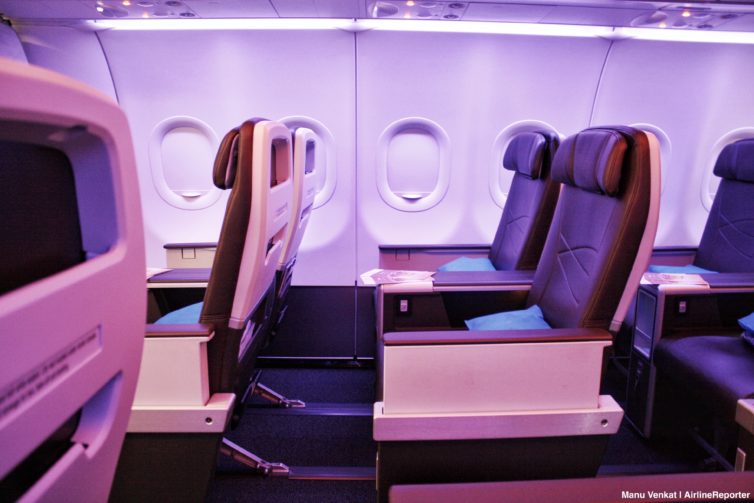
Hawaiian Airlines wanted to get in on that game, and they picked the Airbus A321neo to do it. The fuel-efficient next-gen narrowbody kicked off service with Hawaiian in early 2018, featuring a new premium cabin seat designed for medium-haul flights. And on a recent flight from Oakland to Maui, we put Hawaiian’s newest plane and seat to the test.
Read on as we say aloha to the Hawaiian Airlines A321neo!
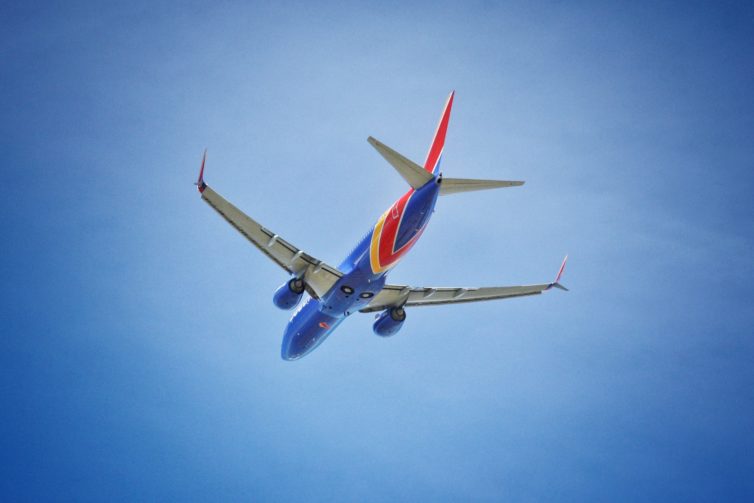
Photo: Manu Venkat | AirlineReporter
Alert: a new player has entered the game. At long last, Southwest Airlines is flying to Hawaii. It’s a major milestone for the airline, which has had its eyes on the Hawaii prize for a years. So when the first flight departed Oakland for Honolulu on March 17th, the airline threw a BIG party to celebrate.
There were hula dancers, live musicians, cakes, speeches, and (of course) TONS of Hawaiian shirts. Passengers on the flight — who mostly seemed to be Southwest employees and die-hard fans — got luggage tags and flower leis before taking to the skies. And we got to head out onto the airfield to see the flight off. Read on! We have so many photos, you’ll feel like you were there with us.
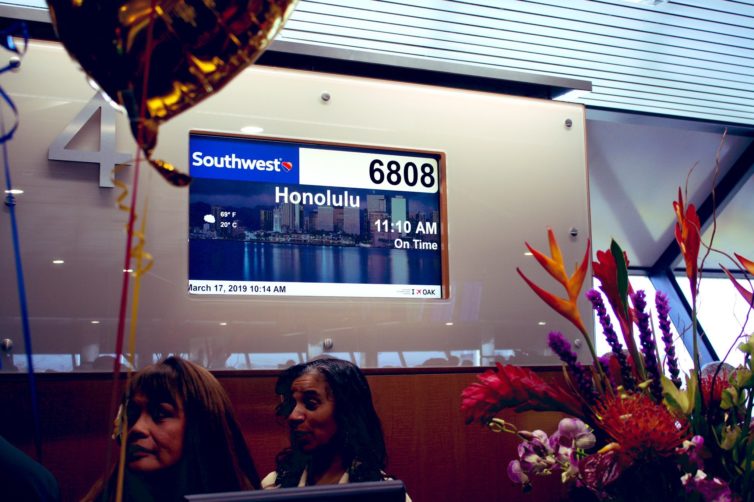
Photo: Manu Venkat | AirlineReporter
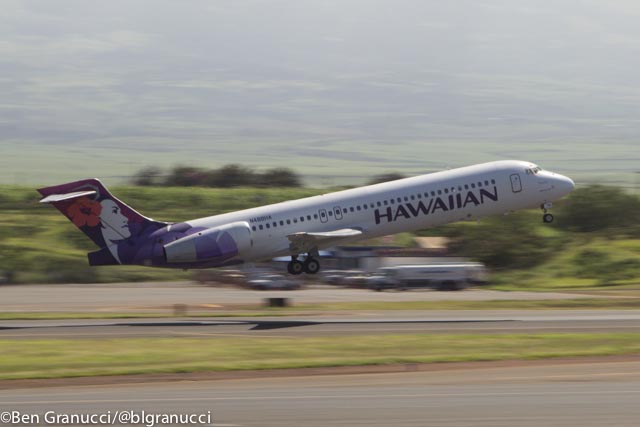
A Hawaiian Airlines Boeing 717 in Maui – Photo: Ben Granucci
When it comes to places with an abundance of short-haul flying, it is hard to beat Hawaii. Many of the islands are small enough not to have all of the essential services that their residents may need, though within the chain of islands they are available. And in a place where tourism is the number one industry, there must be a way for visitors to access the majority of the state, even though the vast majority of flights to and from the islands arrive at a single airport.
Many island chains have ferry service, however in Hawaii that service remarkably doesn’t exist today. A short-lived high-speed ferry system that opened several years ago took hours to transit the roughly 100 mile distance between Oahu and Maui. It closed after a judge ruled that the permitting process was flawed and the operator went bankrupt. Inter-island flying is now the only way to go.
In Hawaii, flying is king and competition is fierce. The last decade has seen both the entry of new carriers into the marketplace and some high-profile failures. Historically, there were two tiers of airlines providing service between the islands: large commercial airlines that flew to both the mainland and to major airports within the state, and commuter airlines that linked the major airports with smaller outlying airports. However in the last ten years, those lines have become blurred. Today, the air transport industry in the state finds itself in a state of flux.






